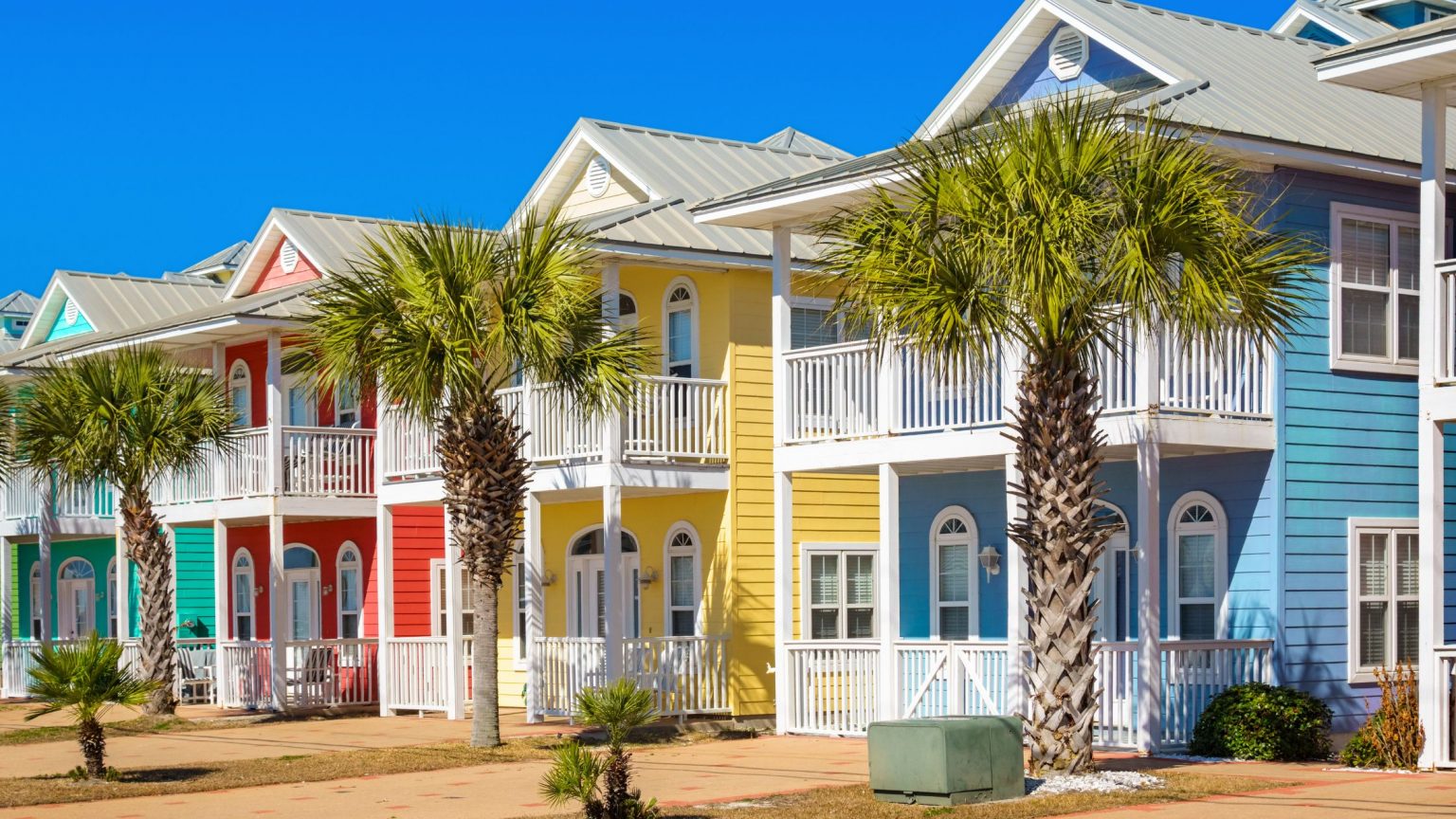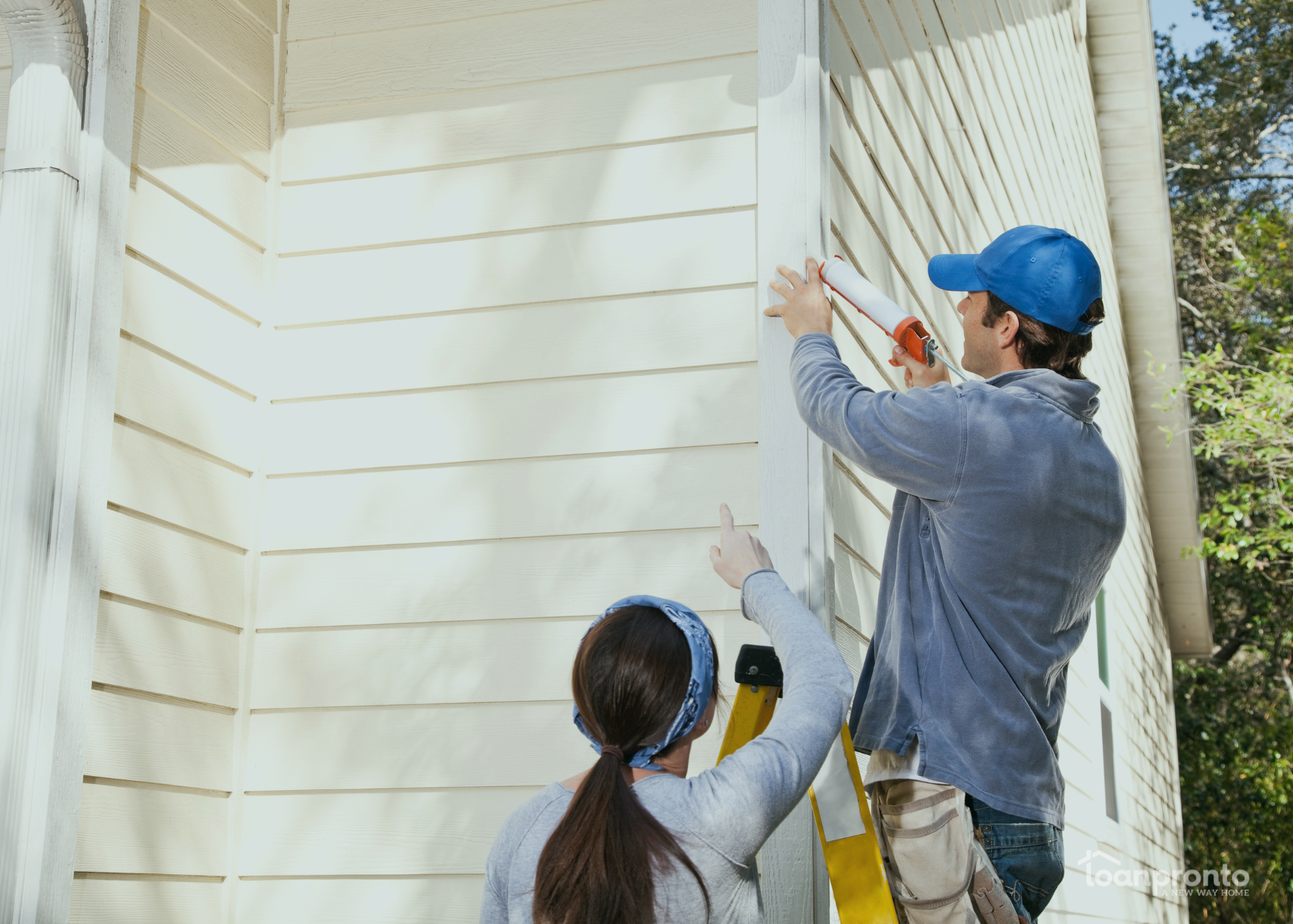Utilizing a home equity line of credit (HELOC) to purchase a second property is a savvy investment strategy. As a homeowner, you can leverage the equity accrued in your primary residence to secure financing for an investment property, vacation home, or second home.
With this financial tool, you can borrow against the equity in your primary residence to cover upfront costs, such as the down payment and closing costs, helping you reduce or eliminate out-of-pocket expenses that come with getting a mortgage. A home equity line of credit can allow you to pursue your real estate goals and make your dreams a reality, without draining your savings account.
What is a home equity line of credit (HELOC)?
A home equity line of credit, or HELOC, is a second mortgage that allows you to borrow against the equity in your home while maintaining the low interest rate on your primary mortgage.
With a HELOC, you can access a revolving line of credit, similar to a credit card, where you can spend as much or as little as you need up to your credit limit. Unlike installment loans, such as home equity loans or personal loans, you only pay interest on the amount you use, rather than on the full loan amount you received upfront.
A HELOC is divided into two phases, the draw period and the repayment period. During the draw period, which can last between five to ten years, borrowers have the flexibility to borrow, pay back, and reborrow as needed. Interest-only payments are required during this period, although paying down the principal is also an option.
Once the draw period ends, the loan enters the repayment period, which typically lasts between ten to twenty years. During this time, borrowers must make full monthly payments that cover both principal and interest, and they no longer have access to the HELOC funds.
How does using equity to buy a vacation home work?
If you’re looking to purchase a vacation home, using a home equity line of credit (HELOC) can be a great way to access the funds you need. There are two key factors to consider when using a HELOC to purchase a vacation home: how much equity you have in your primary home, and how much you can borrow against it.
The amount of equity you have is determined by the value of your home minus the outstanding mortgage balance. Most lenders will only allow you to borrow up to 80% to 90% of your home’s equity, so it’s important to calculate how much you can realistically access.
Once you know how much you can borrow, you can use the funds to purchase the vacation home outright or make a substantial down payment. Keep in mind that vacation homes typically require a down payment of 10% to 20% of the purchase price, so you’ll need to have enough equity to cover this expense.
One of the main benefits of using a HELOC is its flexibility, as the funds can be used for any purpose you choose, including buying a vacation home. If you have enough equity, you may also be able to use some of it for renovations or remodeling once the purchase is complete.
Things to consider before tapping into your home equity
Before tapping into your home equity to purchase a vacation home, there are several important factors to consider, such as:
- How much equity you’ll need to buy the vacation home and how much of it you’re willing to use. This will depend on the purchase price of the home, as well as any other expenses such as closing costs or renovations.
- The potential rental income the vacation home could generate. If you plan to rent out the property, it’s important to calculate the potential income to ensure it will be a profitable investment.
- Where a second mortgage fits into your budget. You should consider your current financial situation and determine how much you can afford to borrow and repay.
- What other qualifications you’ll need to meet to access your home equity. Lenders will typically require a good credit score, proof of income, and a low debt-to-income (DTI) ratio to qualify for a home equity loan or HELOC.
By taking these factors into account, you can make an informed decision about whether using your home equity to buy a vacation home is the right choice for you.
the bottom line
It’s important to note that using a HELOC to purchase a vacation home does come with some risks. If you’re unable to make the payments on the loan, you could potentially lose both your primary home and the vacation home. Additionally, taking out a HELOC will increase your overall debt load and could impact your credit score.
Using a HELOC to buy a vacation home can be a great option if you have enough equity in your primary home and are able to make the payments on the loan. However, it’s important to carefully consider the risks and benefits before making a decision.
If you’re looking for a mortgage, Loan Pronto is here to help. Get a free rate quote or fill out our online loan application to get pre-approved.
Use our free mortgage and amortization calculators to determine your monthly payment, including mortgage insurance, taxes, interest, and more.
Get My Custom Rate QuoteNo SSN required. Zero impact to credit. Your Information is never sold.



